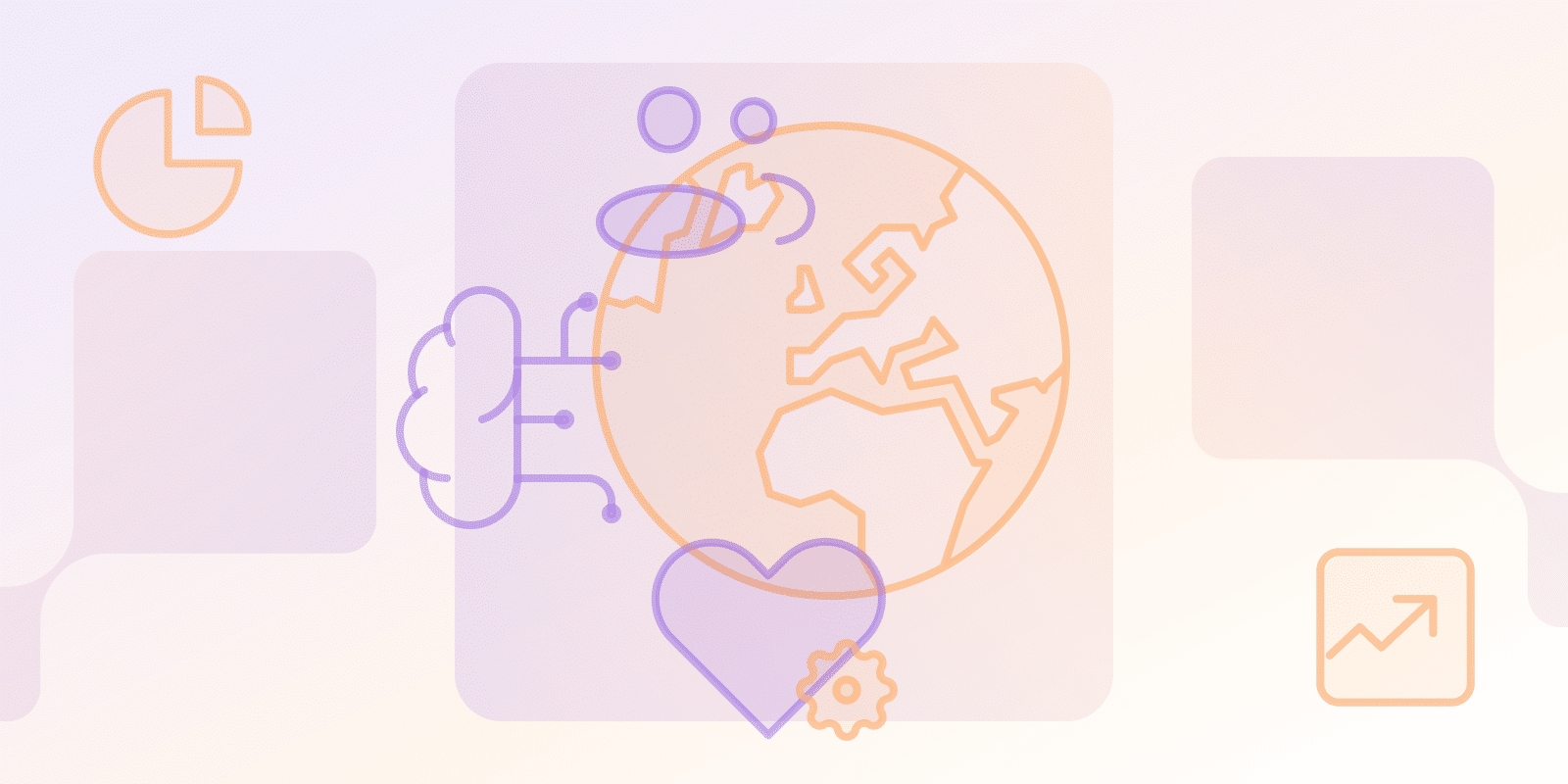Market Analysis
What is SaaS Customer Segmentation?

What is SaaS customer segmentation?
Dividing your clientele based on common characteristics like industry, demands, usage patterns, or organization size to create more manageable groupings is referred to as customer segmentation.
Businesses that provide software as a service, or SaaS, employ this strategy to adapt internal procedures to meet customer needs.
Why is customer segmentation important in SaaS?
For SaaS companies, client segmentation is a crucial tactic since it lets them customize their offerings, increase conversion, satisfy customers, and reduce turnover.
Through accurate categorization of consumer types, you can identify certain needs and decide how best to allocate your resources and time.
What are the 4 segments of market segmentation?
Before jumping into the step-by-step process, it’s relevant to point out the four main types of customer segmentation criteria:
- Population: Factors including age, gender, occupation, income level, and education fall under this group.
- Geographic: This category examines factors related to place, such as nation, city, and even neighborhood.
- Psychological: This area includes elements such as values, interests, passions, and personality.
- Behavioral: In this case, you take into account decision-making processes, brand preferences, and usage and purchase patterns.
| Segmentation Type | Key Factors | Business Relevance |
|---|---|---|
| Primary Segmentation Criteria | ||
| Population | Age, gender, occupation, income level, education | Helps target specific demographic groups with tailored offerings |
| Geographic | Nation, city, neighborhood, region | Enables localized marketing and product customization |
| Psychological | Values, interests, passions, personality | Allows for deeper emotional and value-based marketing approaches |
| Behavioral | Decision-making processes, brand preferences, usage patterns | Provides insights into customer interactions and potential upsell opportunities |
How do you segment customers in SaaS?
Here are four steps to segmenting customers in SaaS:
- Step 1: Decide on the segmentation principles: Criteria like company size, industry, product or feature usage habits, as well as purchasing motivations are all relevant to the customer segmentation approach.
- Step 2: Collect data: Once you’ve identified the principles, you should start gathering data. Consider using CRM (customer relationship management) software, analytics tools, and surveys in this process.
- Step 3: Build user segments: After collecting data, analyze them and create user segments. Looking at the identified shared characteristics, start grouping your customers.
- Step 4: Monitor and filter: Customer segmentation is an ongoing process that requires regular monitoring and adjusting. Assess SaaS metrics to track if your customer segmentation strategy functions.
What is an example of customer segmentation in SaaS?
A company operating in the SaaS space could categorize its customers into three primary groups based on company size alone. Small, medium, and large corporations are among them.
A small firm is more likely to take into account the pricing and essential features of software or products than a medium-sized business or organization.
However, corporations view security and customization options as more important considerations when making decisions.
How do you measure customer segmentation success?
Specific indicators are available for SaaS organizations that they can use as a way to measure the performance of their customer segmentation process:
- Conversion rate: Monitor this indicator and see how it differs for your current client base.
- Churn rate: The number of users that have terminated their subscriptions is shown by this indicator. To determine the churn rate, you can look at each of your user groups separately.
- Customer Lifetime Value (CLV): Keep an eye on this indicator to see how much money certain client categories are spending.
- Engagement data: Examine the clients who have opted for more expensive plans or usage patterns, and share your products through reviews and feedback.
Begin your consumer segmentation process with a basic set of criteria and progressively increase its complexity. Think about utilizing the gathered data as well.
Conclusion
Businesses of all sizes and in all industries can utilize customer segmentation as a strategy. Businesses can have a more focused understanding of their customers thanks to it, and this increases customer satisfaction and income.